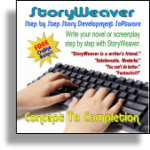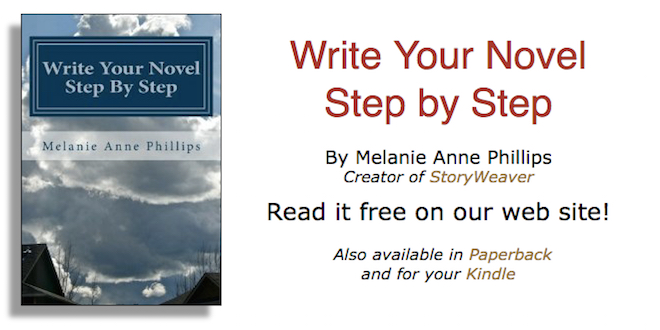
Drudge people. You see them every day. On the news. In your town. Outside your window. Perhaps, even in your own home.
You can easily recognize them as they have lost their tales. With no tale, they are directionless, shuffling endlessly forward with no destination.
How did they become Drudge People? They were not born that way, oh no! Each and every one came into this world as we all did, with a curious mind and an inquisitive spirit. Life seemed an endless wonder and full of opportunities to explore. Each new discovery was a tale to tell – a eureka moment so powerful that we ran to share it with our loved ones and friends, lest it burst within us before we could release the pressure of epiphany.
And then we started school. Suddenly, there was regimen. Conformity was rewarded, individuality punished. Oh, not in in such direct terms (that would be abhorrent to our democratic ideals in these United States.) And yet, we were all gently guided away from enthusiasm and into the soft protective embrace of routine. Layer by layer, responsibilities, obligations, social sensitivity, compromise and procrastination became our shellac and armor in what we were constantly reminded was a cold and dangerous world.
Our education ended when we were fully indoctrinated, inoculated, and insulated from any original thinking and targeted instead on whatever mindless task was placed before us. In short, we were ready for the work place. And it was here the alchemist’s art of turning students into automatons was refined into the science of creating a population of robot-slaves.
In a technically savvy world, the shackles must be so subtle as to be invisible to all except the jailers – the emperor’s new closed mind. No tangible restraints can be seen. But for those with a keen eye and a little patience, you can identify the Drudge People in our midst. If you suspect someone, ask yourself, “When was the last time (Person Z) bolted into my cubicle aglow with something (he or she) couldn’t wait to tell me?” When was the last time they posted something original on Face book, other than their new high score on some life-eating game or a link to someone else’s pictures or a re-post of someone else’s thought or (most telling of all) simply clicked the “Like” button without writing anything in response? You see, when you lose your tale you have nothing to say. The Muse has run out of you and your creative juices have crystallized in your veins.
We become infected whenever we consume rather than create, when we opt for a virtual experience instead of an actual one, a recorded adventure as a safer substitute for the real thing. The more we show up right on time for our daily coat of varnish, the less it becomes our shield and the more it serves as our prison. After years of build-up, the constraints have become so thick that one may become wholly beyond redemption.
But there is hope for some of us, my friends. If your eyes have been opened and you can now (perhaps for the first time) see the glossy membranes that are hardening around you, there is still a chance to avoid permanent incarceration. You need to re-grow your tale. This will not be easy. Through atrophy, it has likely been almost wholly absorbed back into your system and re-tasked as raw material to be added to your casing.
Begin as thus: seek out original thinkers – those few individuals whose clarion voices resound out above the din of the mindless masses. They are they outcasts, perhaps even the outlaws in our civilized society. Listen to their call, but not too long, for it as easy to become lured by the siren song as it is to become deaf to innovation.
Take in these new voices just long enough to resonate within yourself – to build up a sympathetic vibration that begins, ever so gradually, to create cracks in your full mental jacket. Then funnel the energy of those maverick rants into your core – recharge the cells at the base of your tale until, through the synthesis of many alternative ideas you begin to form one of your own.
All it takes is a single concept – something you’ve not thought or heard before. Take note – this is a delicate and crucial time in the clockwork of your escape! Do not let that concept simply fade away as you are distracted by the next mind-numbing diversion that drifts upon you from the mill of collective mundanity. Nurture that embryonic thought, feed it with research and water it with conjecture. Allow it to place roots in your mind, so strong that it will not be scoured from your consciousness by the next brisk breeze of life. Grow it stout and tall until it bears fruit. And as it expands, it will poke out through one of the cracks in your cage and you will find that your tale has begun to grow again.
But tales are not self-sustaining, they must be exercised regularly if they are to become and remain the rudder of your life course. This can only be accomplished by putting them into action – wagging your thoughts. And you do this just as when you were a child – you run excitedly to your loved ones and friends to tell them of your wonderful new experience or discovery.
You can do this in fiction. You can do it in fact. You can do it in music or pictures or words. You will find that it quickly burns within you – an intensity of life you had either forgotten or perhaps not ever experienced. And the more your engage it, the more brightly it shines, as do you.
And finally, when you are a self-starting engine of creativity, when life has become both raw and meaningful again, perhaps you will take a moment to cast a life line to another who is still not wholly beyond hope. A life line such as this article I’m throwing to you. But, for the love of God, don’t just post a link to this or simply “like” it without any original comments of your own, or you may be truly lost and doomed to remain one of the Drudge People forever….







You must be logged in to post a comment.